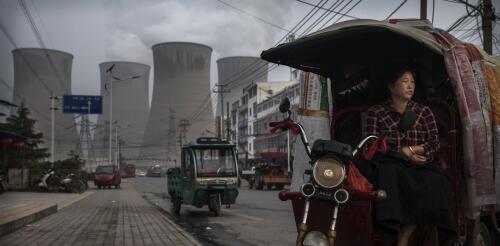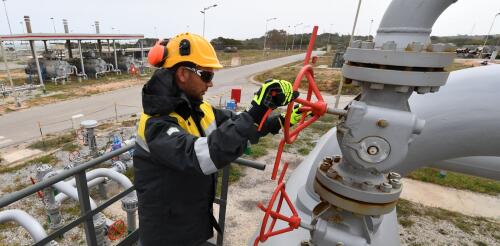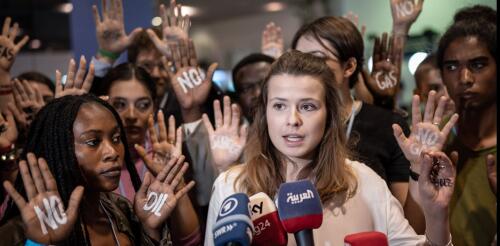UN Climate Change Conference
When this year’s United Nations Climate Change Conference begins in late November 2023, it will be a moment for course correction. Seven years ago, nearly every country worldwide signed onto the Paris climate agreement. They agreed to goals of limiting global warming – including key targets to be met by 2030, seven years from now. A primary aim of this year’s conference, known as COP28, is to evaluate countries’ progress halfway to the 2030 deadlines. Reports show that the world isn’t on track. At the same time, energy security concerns and disputes over how to compensate countries for loss and damage from climate change are making agreements on cutting emissions tougher to reach. But as energy and environmental policy researchers, we also see signs of progress. Global stocktake raises alarms A cornerstone of COP28 is the conclusion of the global stocktake, a review underway of the world’s efforts to address climate change. It is designed...
What’s the cheapest, quickest way to reduce climate change without roiling the economy? In the United States, it may be by reducing methane emissions from the oil and gas industry. Methane is the main component of natural gas, and it can leak anywhere along the supply chain, from the wellhead and processing plant, through pipelines and distribution lines, all the way to the burner of your home’s stove or furnace. Once it reaches the atmosphere, methane’s super heat-trapping properties render it a major agent of warming. Over 20 years, methane causes 85 times more warming than the same amount of carbon dioxide. But methane doesn’t stay in the atmosphere for long, so stopping methane leaks today can have a fast impact on lowering global temperatures. That’s one reason governments at the 2022 United Nations climate change conference in Egypt focused on methane as an easy win in the climate battle. So far, 150 countries, including the United States...
Russia’s war on Ukraine has cast a shadow over this week’s meetings of world leaders at the G-20 summit in Bali and the United Nations climate change conference in Egypt. The war has dramatically disrupted energy markets the world over, leaving many countries vulnerable to price spikes amid supply shortages. Europe, worried about keeping the heat on through winter, is outbidding poor countries for natural gas, even paying premiums to reroute tanker ships after Russia cut off most of its usual natural gas supply. Some countries are restarting coal-fired power plants. Others are looking for ways to expand fossil fuel production, including new projects in Africa. These actions are a long way from the countries’ pledges just a year ago to rein in fossil fuels, and they’re likely to further increase greenhouse gas emissions, at least temporarily. But will the war and the economic turmoil prevent the world from meeting the Paris climate agreement’s lon...
Leer in español There are questions that worry me profoundly as a population- and environmental-health scientist. Will we have enough food for a growing global population? How will we take care of more people in the next pandemic? What will heat do to millions with hypertension? Will countries wage water wars because of increasing droughts? These risks all have three things in common: health, climate change and a growing population that the United Nations determined passed 8 billion people in November 2022 – double the population of just 48 years ago. In my 40-year career, first working in the Amazon rainforest and the Centers for Disease Control and Prevention, and then in academia, I have encountered many public health threats, but none so intransigent and pervasive as climate change. Of the multitude of climate-related adverse health effects, the following four represent the greatest public health concerns for a growing population. Infectious disease...
In London, youth activists threw soup at Van Gogh’s “Sunflowers,” asking, “Is art worth more than life? More than food? More than justice?” In Melbourne, Australia, two protesters superglued themselves to Picasso’s “Massacre in Korea” to highlight the connections between climate change and future conflict and suffering. Others have engaged in similar protests, targeting a Boticelli at the Uffizi Gallery in Florence, Italy; an ancient Roman statue at the Vatican; a Klimt in Vienna; and a mummy exhibit at Barcelona’s Egyptian Museum. Their actions have incited mixed responses around the world. Some people praised the activists’ daring and ingenuity; others lambasted the groups for polarizing the fight for climate justice, sending mixed messages and using plain poor logic. But tactics like these draw media attention and make a lasting impression, and that’s the point – especially right now....



